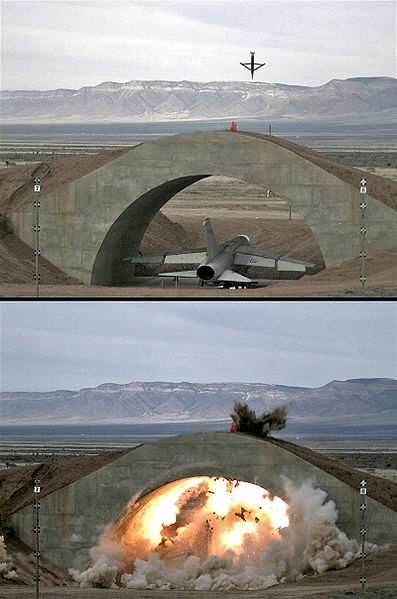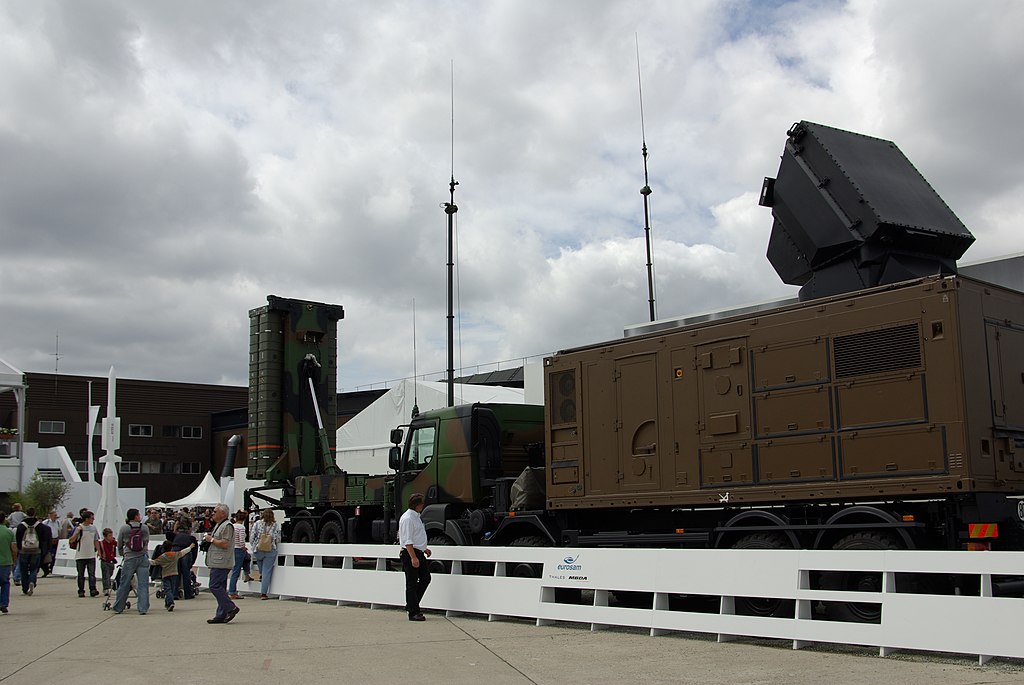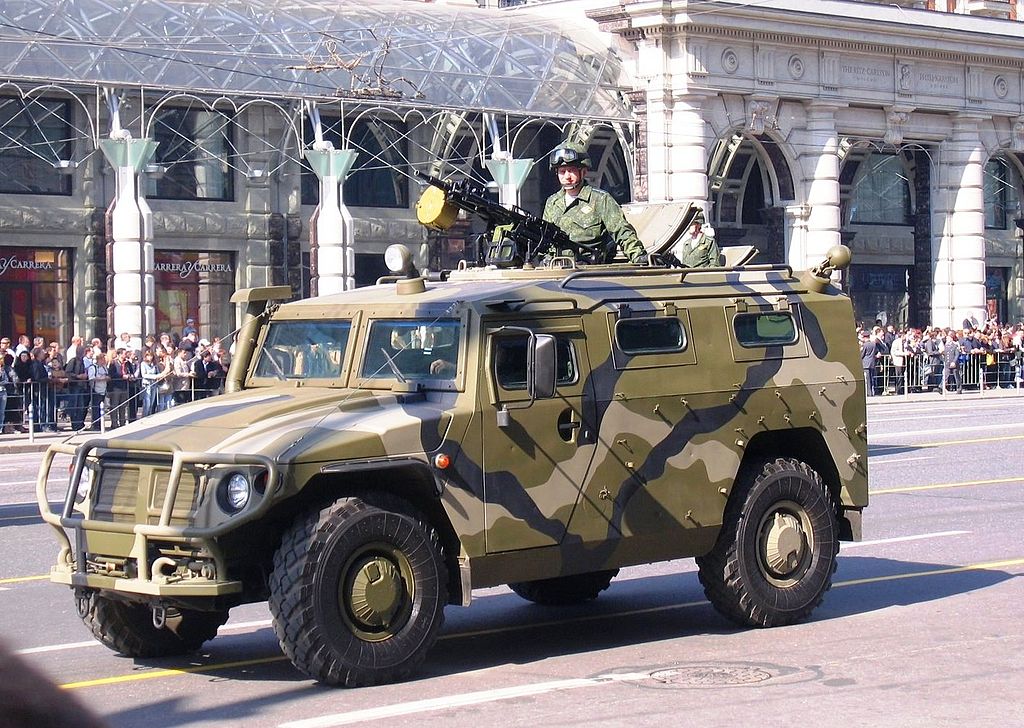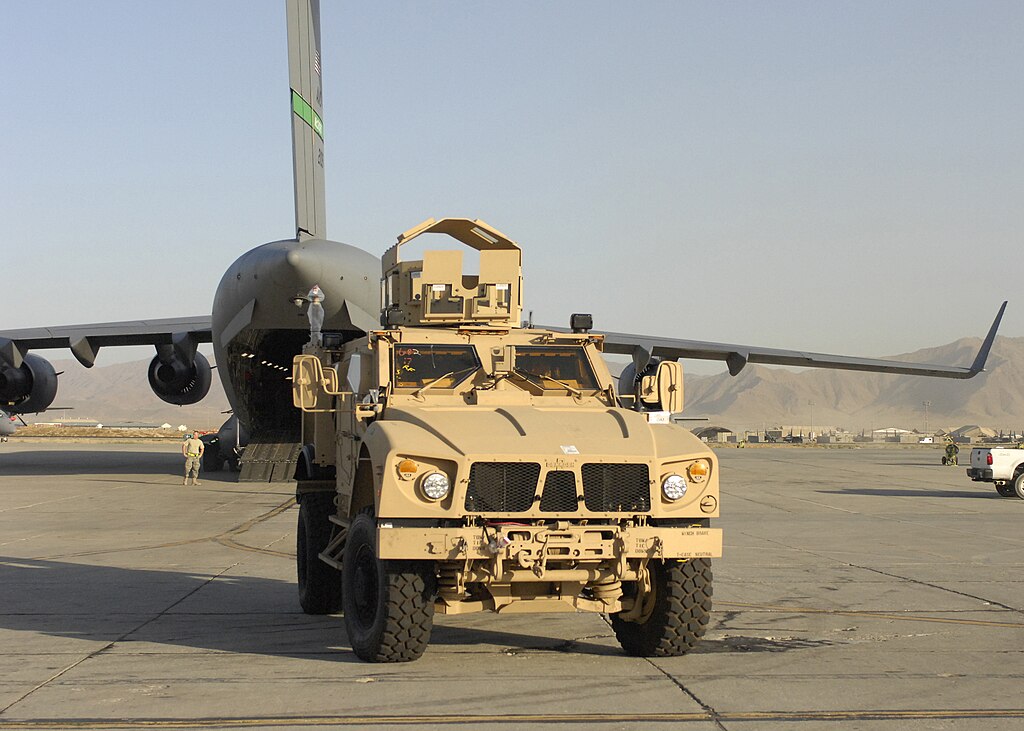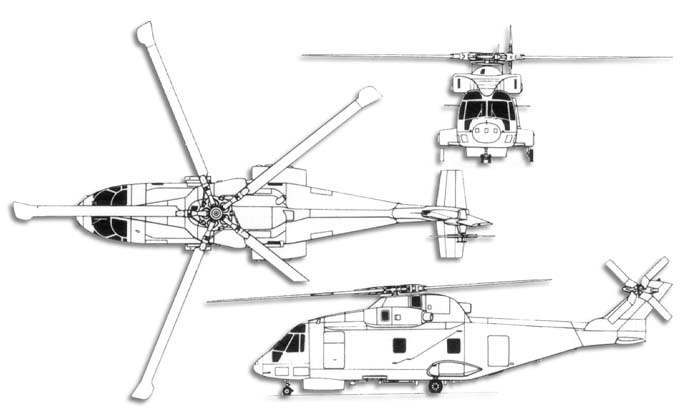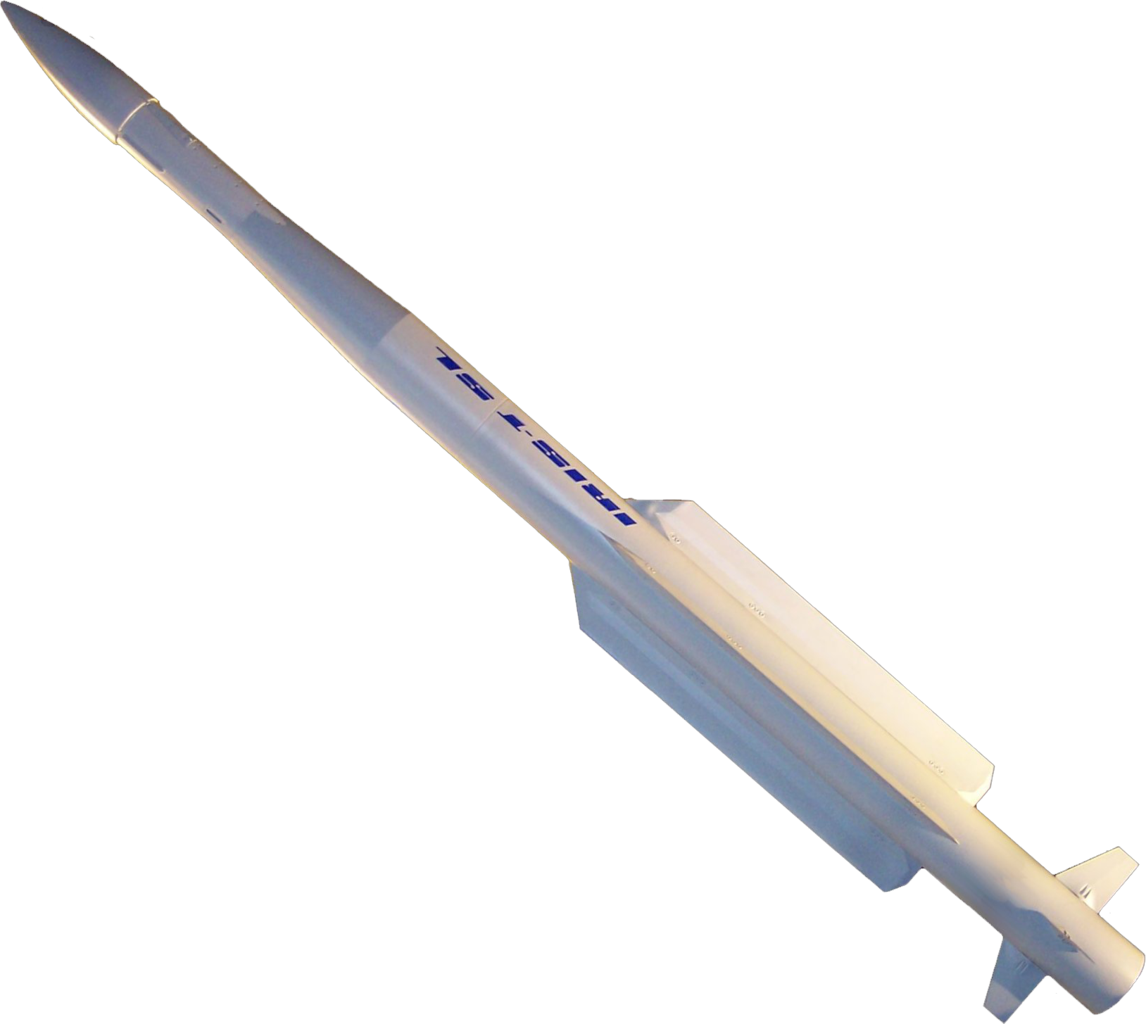The NH90 TTH is a twin-engined, medium-sized helicopter configured to perform tactical transport missions in all environments by day and night. Possible missions include:
- internal/external load transport
- heliborne operations
- special operations
- search and rescue (SAR)
- medical evacuation (MEDEVAC)
- training missions
- electronic warfare
- airborne command post
- parachuting
- VIP transport
- anti submarine warfare (ASW)
- anti surface unit warfare (ASuW)
- vertical replenishment (VERTREP)
- SAR
- troop transport
- mine laying
Besides Italy, the NH90 is in service with 13 other countries, including France, Germany, the Netherlands, Portugal, Finland, Norway, Sweden, Greece, Oman, Australia, New-Zealand, Spain and Belgium.
Italy has now received 21 NH90 TTH helicopters with orders of 60 for the army and 10 for the navy. The Italian Navy has also ordered 46 NH90 NFH helicopters.
According to French Defense Minister Jean-Yves Le Drian, France is now expected to place the second order for 34 NH90 TTH helicopters to bring the total number of French units to 68 as originally planned.
There were some doubts that the second order could be cut or postponed, but it now looks that the contract will be signed later this month. The contract is estimated to be worth over $900 million.
http://www.agustawestland.com/news/italian-army-takes-delivery-its-first-nh90-tth-helicopter-foc-configuration



.JPG)



